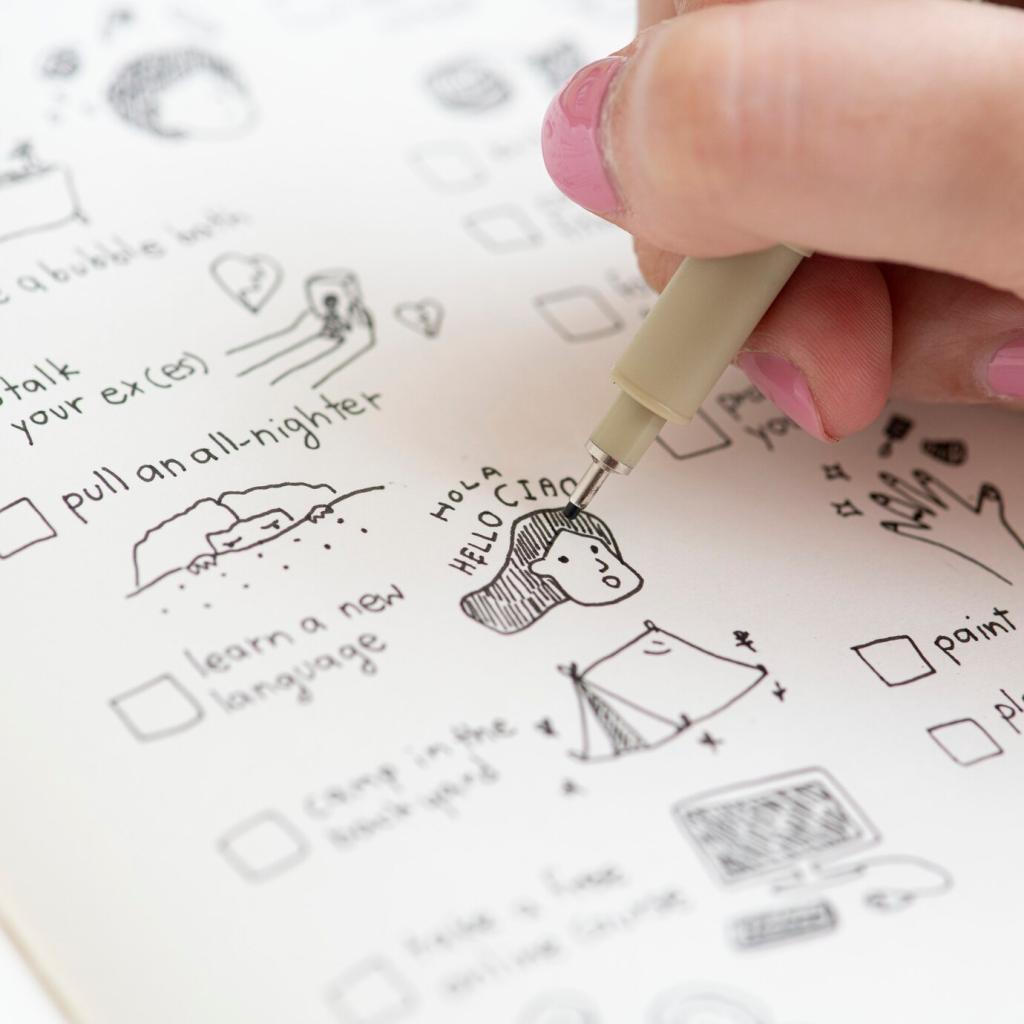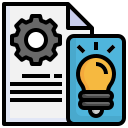
Design Software Workflow Optimization
Design software workflow optimization is a crucial process for maximizing creativity, efficiency, and productivity within any design-driven organization. By streamlining the stages from initial concept to final execution, teams can minimize delays, reduce resource wastage, and foster an environment where innovation thrives. Harnessing the right methodologies and technologies ensures that collaboration remains seamless and the journey from idea to implementation is both clear and effective. In an industry where deadlines and quality standards are paramount, an optimized workflow in design software can make all the difference between a thriving project and a missed opportunity.
Understanding Modern Design Workflows
The design workflow begins with inspiration and ideation, where concepts are generated and initial visions are formed. This stage is often characterized by brainstorming sessions, mood boards, and sketching. It then moves into the planning phase, where ideas are refined, project objectives are clarified, and a clear path forward is plotted. These early steps are critical, as they set the tone for all subsequent activities. Transitioning from concept to construction, the focus shifts to prototyping and iteration, where ideas are brought to life through digital tools, reviewed, and adjusted based on feedback. Recognizing and respecting each of these stages ensures that the workflow flows naturally, preventing bottlenecks and fostering creativity throughout.
Routine and repetitive tasks, such as exporting assets, resizing images, or maintain file naming conventions, often consume valuable time that could be better spent on creative endeavors. By introducing automation tools—ranging from simple macros to advanced scripting and integrations—designers can execute these operations in seconds, freeing up their bandwidth for ideation and problem-solving. Automation ensures consistency, reduces the risk of human error, and allows entire project teams to benefit from standardized procedures. Over time, this streamlining not only accelerates the workflow but also contributes to better morale and job satisfaction, as designers can focus more on their craft.

Previous
Next
Enhancing Collaboration and Communication
Design projects often require input from professionals with diverse expertise—graphic designers, UX specialists, developers, marketers, and more. Facilitating smooth collaboration among these disciplines demands clear communication protocols and shared platforms. Constructing a workflow where every team member knows exactly when and how to contribute helps prevent miscommunication and rework. Centralizing project files, design systems, and conversation threads in cloud-based tools promotes transparency and allows everyone to stay updated on progress. By fostering mutual respect and leveraging each member’s strengths, cross-disciplinary teamwork elevates both creativity and efficiency within the workflow.
